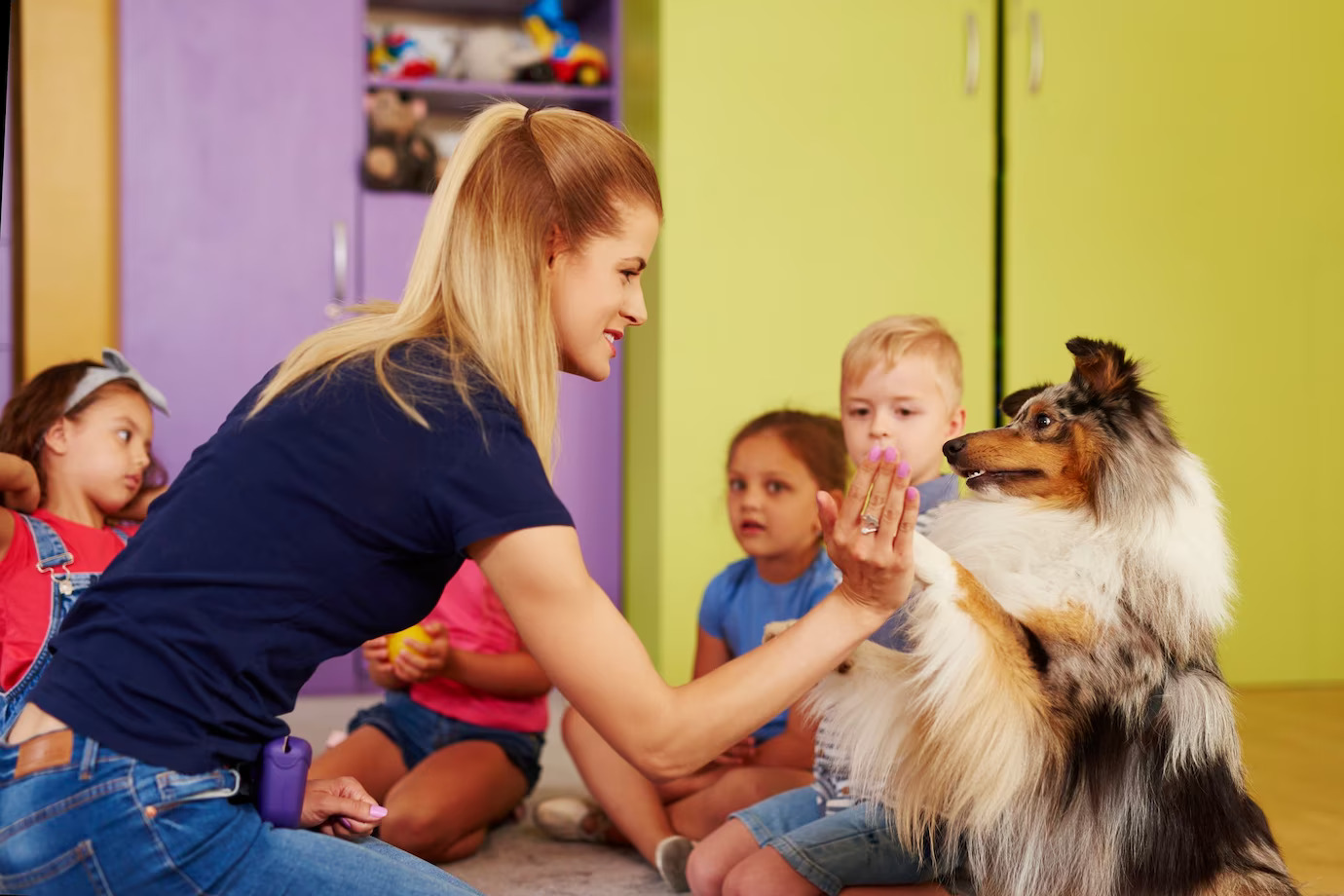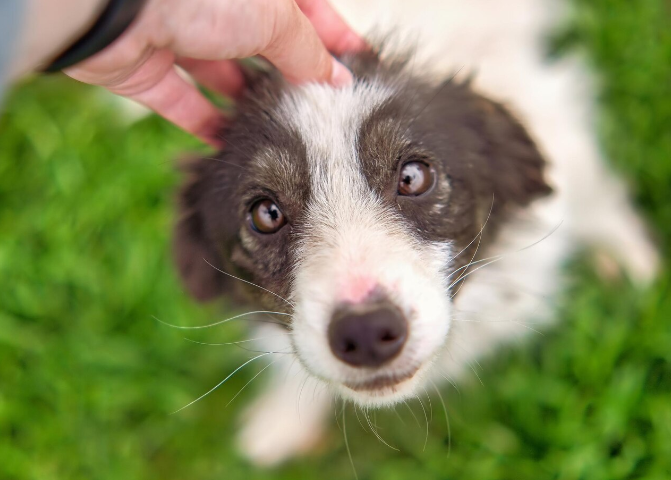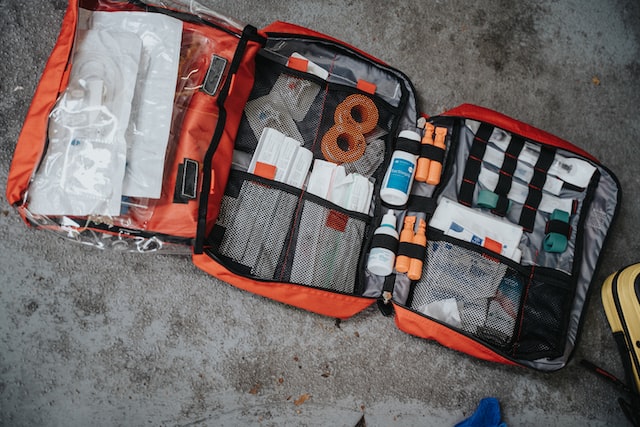
Therapy dogs can prove immensely valuable for animal-assisted therapies in nursing homes, retirement homes, hospitals, and schools. This type of dog is not recognized as a service animal but it can still provide affection, help relieve stress and ease mental and physical pain for many people. You can find therapy dogs employed in schools and various care facilities. Most therapy dogs are taken care of by facility staff and some are employed by private therapy workers. Some therapy dogs are even part of efforts to deal with the consequences of natural disasters.
How To Choose a Therapy Dog
Dogs who may be considered for therapy work need to be at least 6 months old with some schools preferring the dogs to be at least a year old. The candidates must be calm, friendly, and respond to commands quickly. Age and breed are not of significant importance, and you could make almost any dog a therapy dog as long as it is friendly and responsive. As you may suspect, the good therapy dog candidate needs to be social as they will be dealing with a lot of people, crowded premises, strange noises, and smells all day long. The potentially successful therapy dog candidate can be energetic but not overly jumpy and should not actively seek attention.
Can I Train My Own Dog to Be a Therapy Dog?
In order to answer the question above you need to be sure about whether your dog is open to interactions with other people, apart from your family members. A few other key points to consider include whether your dog is responding to commands quickly not only at home but in the public space; is your dog afraid of unfamiliar places; is your dog reacting poorly to other animals; has your dog been defensive when close to certain types of people. Once you have a good understanding of your dog's character and potentially problematic features you could answer the question above.
Therapy dogs can be trained at home by their owner and with the help of a reputable trainer. There are plenty of online courses to choose from if you go the DIY route. Alternatively, you could call a local dog trainer to work together. The commands usually covered during therapy dog training include: sit, stay, wait, come, leave it, stop, fetch, playtime, cuddles, and nudge. Persons who intend to provide therapy work either privately or through a facility program will need contacts. It is a good idea to reach out to care facilities and visit events in your area. You may find it very satisfying to work as a therapy dog handler and meet many new people with unique stories to share.
What Makes a Good Therapy Dog Handler?
You need to understand the limitations of your dog and be a very social person. You will be expected to talk to people with various mental and physical challenges who may be used to talking to medical staff and may not be sure how to approach you. If you are not sure how to proceed you could talk to a more experienced therapy dog handler and receive valuable advice. It pays to research your job opportunities in advance so you have a proper mindset and know what to expect. One of the big advantages of private therapy work with a dog is that you choose your workplace. If you are not fond of hospitals and retirement homes, you could opt for schools and similar venues where therapy dogs are needed.
Tips
It is impossible to overstress how important the dog’s temperament is when it comes to therapy dog work. You need to be familiar with your dog`s body language and make sure they are calm, responsive, and look presentable. Nobody likes shaggy dogs who may have a disturbing odor. Grooming is an important part of how your paw partner is perceived and it reflects your attitude toward the dog and your work as a team. Invest as much time as possible into mastering obedience commands and making sure your dog is not afraid of new sounds and smells. It is best to take out your puppy for regular walks and visit all kinds of environments from an early age. Always keep an eye on your dog and make sure they are not jumpy, mouthy or overly excited when visiting new places and interacting with people. Don’t miss your veterinary checks twice a year and it is imperative to have the dog fully vaccinated.












